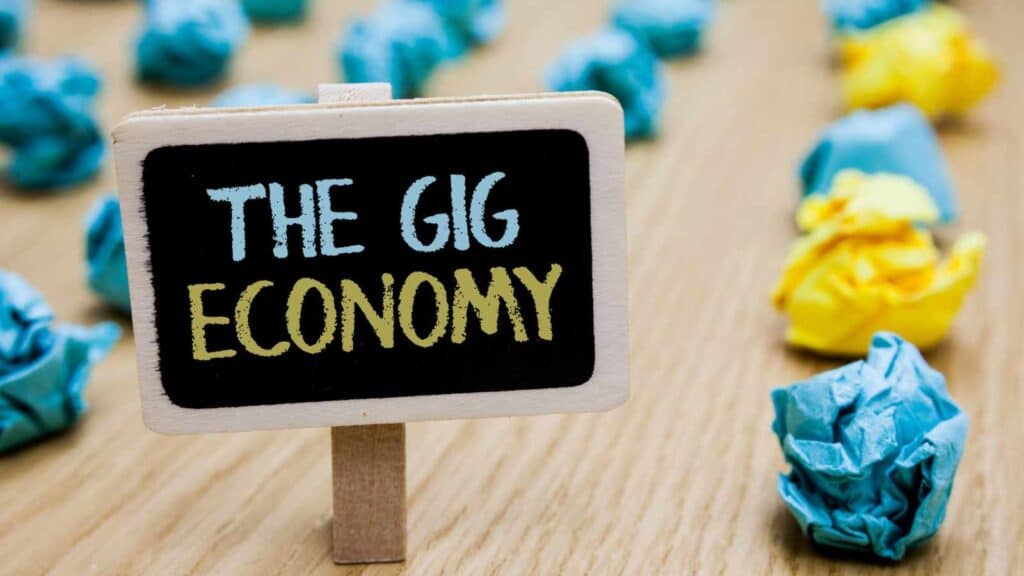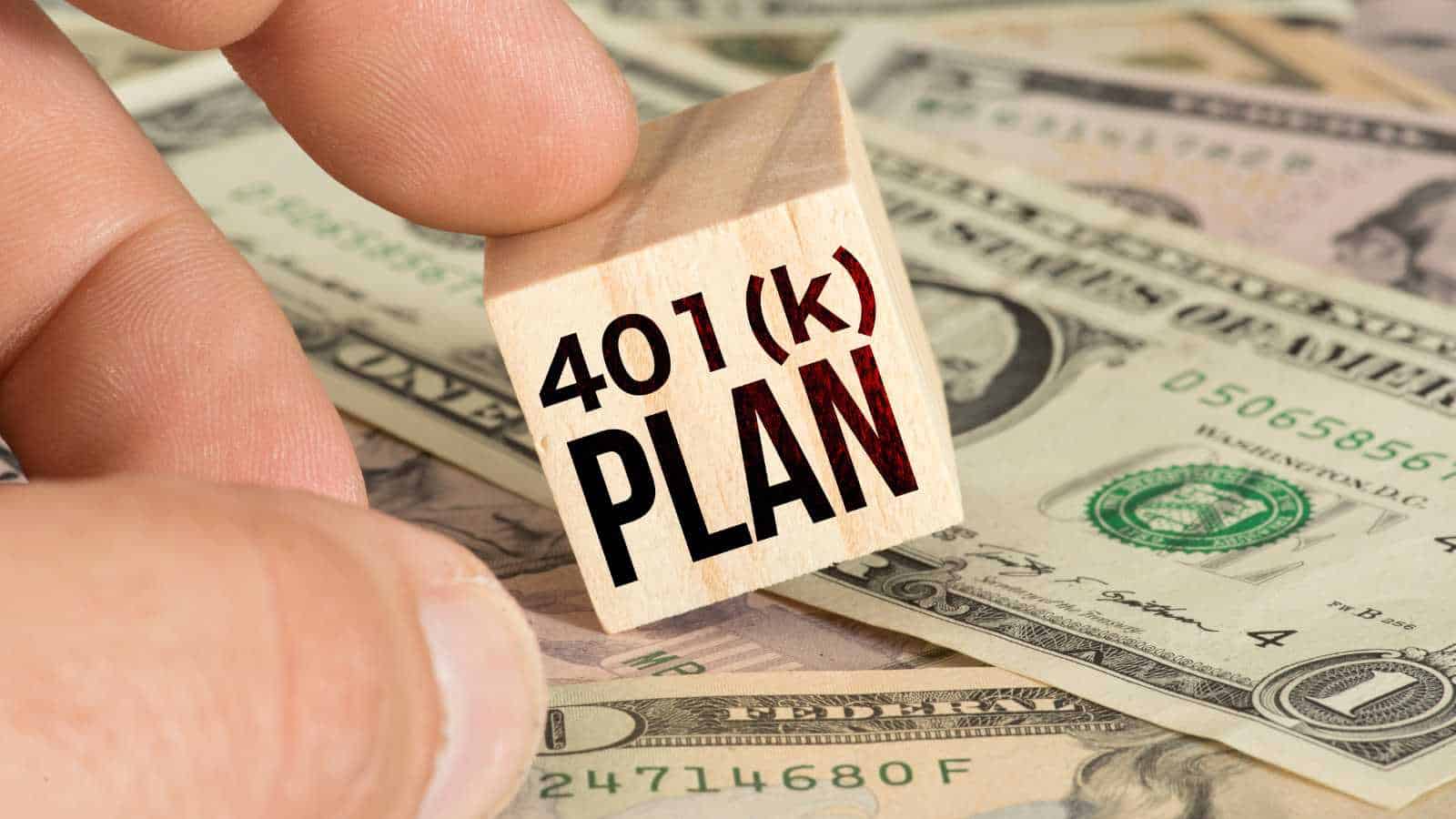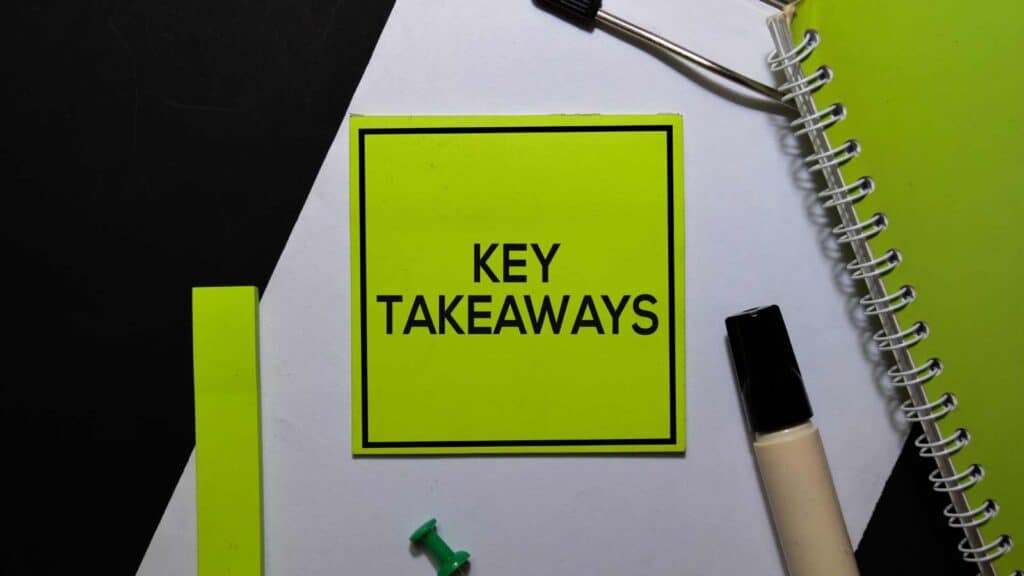12 Signs America’s Middle Class Is Disappearing
In the early 1980s, the U.S. enacted the Economic Recovery Tax Act of 1981 (ERTA), cutting the top marginal income tax rate from 70% to 50% and slashing other individual and capital gains rates.
A few years later came the Tax Reform Act of 1986 (TRA), which simplified the tax code, lowered the top rate to 28% and broadened the base by eliminating many deductions.
These reforms shifted the economic playing field—intended to unlock growth through markets, investment, and lighter taxes—but in the decades that followed, they also contributed to wage stagnation, growing inequality, and the shrinking of the middle class. Here are 12 signs America’s middle class is disappearing.
The Wealth Gap

Forget “trickle-down.” It’s more like a trickle-up vacuum. The middle class is getting a smaller share of the economic pie each year. Back in the early ’70s, middle-income homes accounted for about 62% of total U.S. income.
By the early 2020s, Pew Research Center data shows that the slice had shrunk to just 43%. Where did it go? The upper class’s share has jumped to nearly half. This isn’t a slow leak; it’s a massive, visible transfer of generational wealth.
Owning a House

The biggest flex the middle class used to have was a deed. Now, trying to buy a first home feels like getting priced out of your own future. Housing costs have completely outpaced wage growth.
In 2024, Zillow found that to comfortably afford a median-priced starter home, you need to pull down a six-figure salary. That 30% rule for housing affordability? It’s a joke now, leaving Millennials and older Gen Z members permanently locked into the Rent Cycle rather than building equity.
College

We were told to get the degree, no matter the cost. Spoiler alert: The cost mattered. Student loan debt in the U.S. exceeds $1.7 trillion, acting as an anchor on an entire generation.
You graduate with a degree that’s supposed to elevate you, only to find the monthly payment cancels out your ability to save, buy a home, or even start a family. As economists often note, this debt crisis is actively sabotaging traditional middle-class wealth creation.
Also on MSN: 15 key indicators of a looming financial crisis in the U.S.
Your “Stable” Job

The golden handcuffs are off. Instead of solid jobs with predictable benefits, we’re seeing the “gigification” of everything. It sounds flexible, but it often means you’re an independent contractor footing the bill for your own healthcare, sick days, and retirement.
The stability that underpinned the middle class—the benefits package—is eroding. Over one-third of the U.S. workforce is now involved in freelance or gig work, often sacrificing security for flexibility.
Retirement

Pensions (defined-benefit plans) were the ultimate security blanket. Your company handled the risk. Now, we’re all stuck with 401(k)s, forced to be amateur investment bankers just to afford old age. The shift means that if you make a mistake or the market tanks, you lose everything.
The percentage of private-sector workers with a traditional pension plan has dropped from nearly 40% to under 15% since 1979, per EPI data. Good luck explaining Bitcoin to your parents when they try to retire.
The Two-Salary Trap

Your parents were comfortable on one income. For us, two full-time salaries are the baseline just to scrape by. This isn’t a choice for upward mobility; it’s a necessary defensive measure against rising costs.
If one person loses their job, the entire financial structure collapses—a vulnerability that defines the new, brittle middle class. Data confirms the necessity of dual incomes, showing just how little modern wages can actually buy.
Wealth Disparity

It’s not just income inequality; it’s wealth inequality. The top 1% controls over $44 trillion in household net worth. Meanwhile, the middle class is still trying to get out from under the last recession.
The Fed’s reports consistently highlight that while the wealthy see their assets balloon, middle-class net worth growth is stagnant, widening the gap between “making it” and “just surviving” than ever.
Raising Kids Is the Fastest Path to Poverty

The cost of having children has gone from “expensive” to financially impossible. The average cost to raise a kid to age 18 is now estimated at around $414,000 as of 2024. The kicker?
Childcare is the new rent. For many middle-income families with young kids, the monthly childcare bill often exceeds their mortgage or rent payment, effectively nullifying the second parent’s income.
Health Insurance

Having health coverage no longer means you’re safe. High deductibles and massive out-of-pocket maximums mean a serious medical event can still generate a six-figure bill.
Studies show that even with insurance, medical expenses are a leading cause of U.S. bankruptcies. You’re paying for a safety net that has giant holes in it—a fundamental betrayal of the middle-class promise.
Credit Cards Are The Emergency Fund

When your income is perfectly balanced against your monthly bills, any unexpected expense—a car repair, a sick pet—throws you into the red. Americans now owe over $1 trillion in credit card debt.
This debt isn’t usually from extravagant shopping; it’s from middle-class families treating high-interest cards as their de facto emergency fund, demonstrating zero margin for error.
Supermarket Prices

Inflation isn’t just an abstract number; it’s the $8 gallon of milk and the $6 carton of eggs. While overall inflation may slow, the cost of essentials—food and energy—keeps climbing, relentlessly chipping away at the disposable income of middle-income households.
When basic survival expenses eat up a larger chunk of your paycheck, you have less for savings, investment, and living.
Opportunity Only Lives in Unaffordable Zip Codes

The best-paying jobs are consolidating in just a handful of major cities. Do you want career growth? You have to move to a metro area where the rent instantly chews up that higher salary.
This geographic sorting means you must choose between a cheap house in a stagnant market or career advancement in a city you can’t afford to settle in. You’re constantly forced to trade stability for opportunity.
Key Takeaways

- Decades of belief in Trickle-Down economics (the idea that wealth given to the rich benefits everyone) have created a wealth vacuum, where capital flows perpetually upward, leaving the middle class with diminishing returns and stagnant wage growth.
- The inability to save due to perpetually spiking rents locks people into the Rent Cycle (where high rents prevent saving for a down payment), turning the household budget into a forced, high-interest Landlord Tax rather than a mechanism for building personal equity.
- The widespread adoption of Gigification (the shift from stable W-2 jobs to contract/freelance work) has shattered the traditional middle-class safety net, shifting all financial risk—from healthcare to retirement—onto the individual worker, making security obsolete.
- Due to Geographic Sorting (the clustering of good jobs in unaffordable cities), the most desirable career opportunities are now geographically clustered in the nation’s most expensive metro areas, creating a high-cost “opportunity toll” that often neutralizes any potential salary increase.
Disclosure line: This article was developed with the assistance of AI and was subsequently reviewed, revised, and approved by our editorial team.
Why investing for retirement is so important for women (and how to do it)

Why investing for retirement is so important for women (and how to do it)
Retirement planning can be challenging, especially for women who face unique obstacles such as the wage gap, caregiving responsibilities, and a longer life expectancy. It’s essential for women to educate themselves on financial literacy and overcome the investing gap to achieve a comfortable and secure retirement. So, let’s talk about why investing for retirement is important for women and how to start on this journey towards financial freedom.
How To Make Money as a Kid: 25 Ways

How To Make Money as a Kid: 25 Ways
Making money can be a fun and rewarding experience for children. There are many different ways they can do it too. This list is packed with novel ideas to encourage your child’s entrepreneurial development. If nothing else, these activities may inspire kids to pursue new hobbies and discover their hidden talents!







